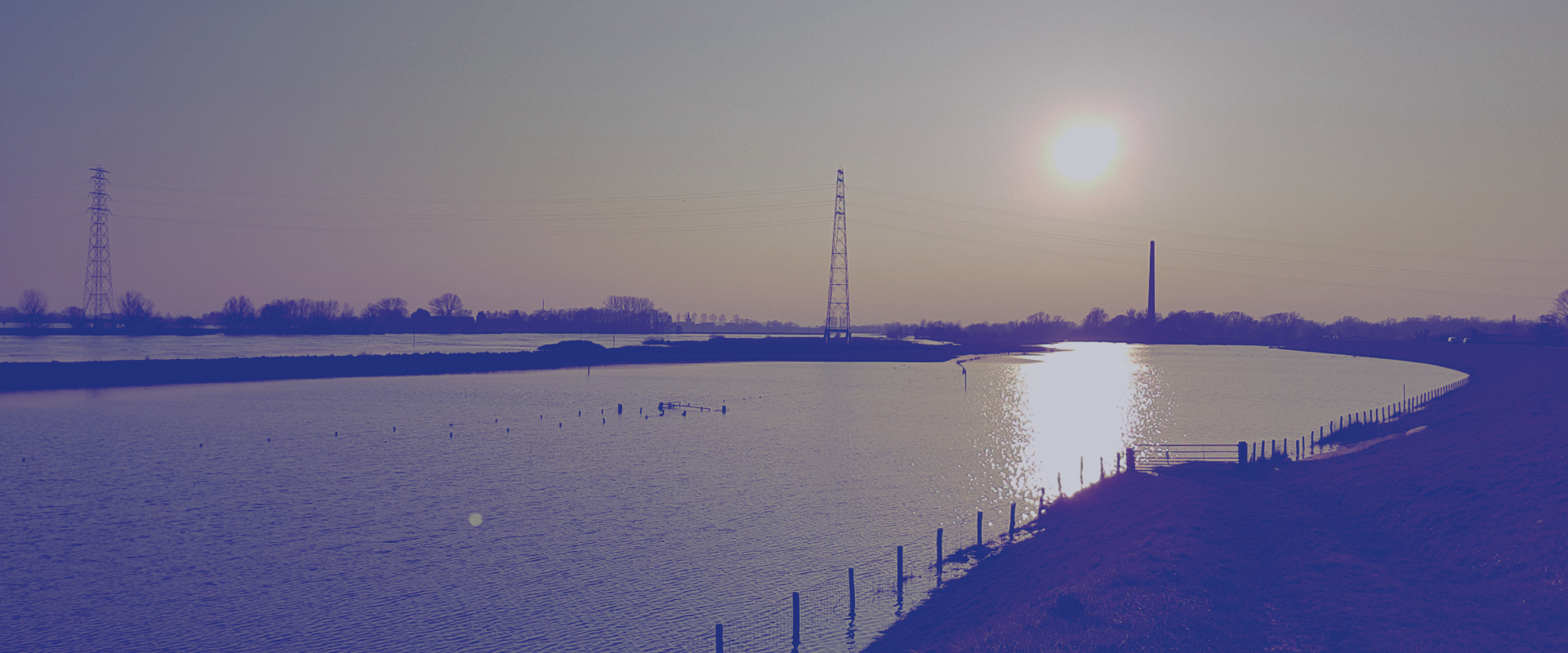They simplify the sequence and group the forming-storming-norming levels collectively as the “remodeling” part, which they equate with the initial performance degree. This is then adopted by a “performing” phase that leads to a brand new efficiency stage which they name the “reforming” part. Team members may really feel a selection of issues concerning the team’s impending dissolution. They could additionally be feeling some nervousness because of uncertainty about their individual role or future responsibilities. They could feel sadness or a sense of loss concerning the modifications coming to their team relationships. And at the identical time, group members may really feel a way of deep satisfaction on the accomplishments of the staff.
Key Actions To Support Storming
This is arguably essentially the most crucial of all five phases, and many teams find themselves stuck at this juncture. During this part, most people really feel uncertain and sometimes hold back from offering substantial feedback or questioning established procedures. With this characteristic in Clockify, you possibly can set clear benchmarks on your entire staff.
First Time Billing Clients? Here’s How To Begin
In conclusion, Tuckman’s model of group improvement stands as a testament to the enduring nature of excellent principle. Despite its inception over half a century in the past, it continues to offer useful insights into the mechanics of team dynamics. During the Performing stage, the team’s collective competence and collaboration are at their peak.
Norming Stage: Developing Cohesion And Collaboration
Each stage has its personal traits and challenges ranging from the emotional to the logistical. Initially, relationships and trust are constructed from scratch during what is named the forming phase. This stage is followed by the emergence of friction and conflict inside the team, resulting in a turbulent storming phase. Team members are in a position to stop or solve issues in the group’s process or within the group’s progress. Roles on the staff might have become more fluid, with members taking up various roles and duties as wanted. Differences amongst members are appreciated and used to reinforce the group’s performance.
- Forming is the primary stage of staff growth and is the place a team first comes collectively, will get to know one another, and turns into oriented with the objectives and function of the team.
- Some groups do come to an end, when their work is completed or when the organization’s wants change.
- Additionally, there has been research exploring lean group growth from the perspective of Tuckman’s mannequin.
- Since its starting, the research of group dynamics has caused disagreement between researchers, as some preserve the major focus ought to be at the individual-level, and others keep the main focus must be at the group-level.
- The learnings from this activity can then be used to resolve issues, strengthen the group and assist transfer the team from Norming to Performing.
Ways To Build Rapport And Develop Significant Relationships
The leader or facilitator plays a crucial function in providing structure and guidance during this stage. With this information at hand, people could make knowledgeable selections relating to team formation methods or intervention techniques when wanted. Overall, learning group improvement supplies us with invaluable instruments for enhancing teamwork effectiveness throughout numerous domains ranging from business organizations to neighborhood initiatives. Through effective communication and position task based mostly on expertise, teams can leverage their members’ unique talents to foster collaboration and innovation leading to shared achievements.
9 Dimensions is a strong exercise designed to build relationships and trust amongst group members. Effective managers will usually take the chance to assist folks get to know one another in a protected surroundings and share themselves meaningfully. Broadly, staff improvement could be understood as a framework or series of actions designed to enhance the way in which a group works collectively. For example, some members may be quite upset that the project has come to an finish, whereas others could be happy that the project has finalized. This can be as a result of a mix of private interactions along the best way, as properly as the general enjoyment/satisfaction of the project and its ultimate success/failure.
Although some organizations may even see this as an inefficient use of time, it ought to typically help improve group performance (particularly for model spanking new groups of employees much less familiar with working in groups). With the outcome that on occasions the “conflicting” team members being recommended. However, this storming stage ought to be seen as a natural development of a gaggle improvement and is an important stage to assist make clear roles, plans and the working course of.
Some theories enable for combinations and interactions amongst these 4 “motors”. For example, Poole (see below) found in his empirical research that seemingly complex patterns of conduct in group decision-making result from the interaction of life-cycle and teleological motors. Once the group members turn out to be extra acquainted with each other, the following stage of group development begins. That arrangement, with all its frustrations and triumphs, resembles the method in which groups perform in enterprise.
Clockify is a time tracker and timesheet app that permits you to observe work hours throughout projects. However, Clockify presents many further options inside totally different plans designed that will help you simplify your teams’ work. However, something’s not fairly proper, and everybody can sense it — unexpectedly, pressure builds as the final stage looms large. Going ahead, the team expands on their inside jokes, enjoys long classes of deep work, and creates the perfect working environment.
The Group Development Stages (Tuckman Model), also referred to as Tuckman’s phases of group development, is a principle proposed by Bruce Tuckman in 1965. This model outlines the various phases that groups undergo as they develop and mature. This is followed by the storming stage, the place conflicts and power struggles could come up. The norming stage sees the institution of group cohesion and norms, resulting in the performing stage where the group is highly useful. Finally, the adjourning stage entails the disbanding of the group upon completion of the duty. The norming stage is crucial for establishing shared norms, values, and expectations.
Leaders in the performing stage play a supportive role, offering resources and eradicating any obstacles that may hinder the group’s progress. They belief the group members to make decisions and supply guidance when needed. The leader’s role is to ensure that the group maintains its excessive performance and remains aligned with its goals. The performing stage of group-development is when the group is concentrated on getting the job carried out. At this stage, the team’s focus passes to the precise actions and duties required.
It’s additionally a great way of reinforcing how far you’ve come as a group and to rejoice how you’ve grown. By documenting the individual and group responses, you’ll have the ability to start to chart how attitudes have changed and improved and thus understand how you are in a place to do so again in the future. In this publish, we’ll discover Bruce Tuckman’s principle of group development while also offering sensible recommendation, actions, and group constructing activities you possibly can take to help your group grow and work together extra cohesively.
Team leaders might need to use visuals, similar to swimlane diagrams and process flows, with everyone’s roles and obligations clearly outlined. Such visuals can be easily distributed to the group and might prevent arguments and confusion. The best of all, the Performing Stage yields immense advantages for the duties and objectives you established within the first three phases. At first, individuals are led by their pure desire to be appreciated by others and accepted amongst their friends. After all, when you need to cooperate with somebody for an extended period, it’s easier to do it when you get along properly — and that’s what the levels of group growth get proper every single time.
Communication is usually superficial and centered on attending to know each other. Group members may share personal info and talk about their backgrounds, expertise, and experiences. Roles and responsibilities throughout the group usually are not but clearly defined, and there could also be a scarcity of course.
For illustration, the particular person with the most important data in regards to the project’s topic takes unofficial cost. But, this implies little if they don’t have a framework for working together — and that’s where the 5 phases of group development come into play. Boost motivation by serving to your staff perceive why their work matters. In this free e-book, discover ways to create a shared sense of objective on your staff.
Transform Your Business With AI Software Development Solutions https://www.globalcloudteam.com/




